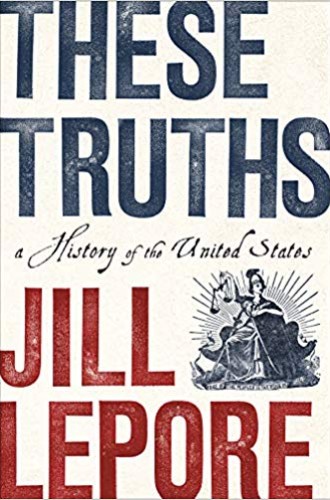Jill Lepore’s book is the civics course Americans need
At the heart of her narrative is the fate of two political ideals: liberty and popular sovereignty.
“What one begs American people to do, for all sakes, is simply to accept our history.”
—James Baldwin (1965)
Jill Lepore must be numbered among the indispensable American intellectuals of our time. She is a Harvard historian of prodigious energy and talents and an academic with impeccable credentials. Yet she has also, unlike most of her fellow professors, sought and—from her post as a staff writer at the New Yorker—found an enormous audience of citizens without PhDs.
“To write history is to make an argument by telling a story about dead people,” Lepore tells her students. If too many strictly academic historians care too little about the storyteller’s art, too many popular historians underplay the demand for conceptual imagination, persuasive logic, deep research, and compelling evidence. Lepore is a master of intertwined narrative and argument. No one is doing more to try to heal Americans of their inveterate historical amnesia.






